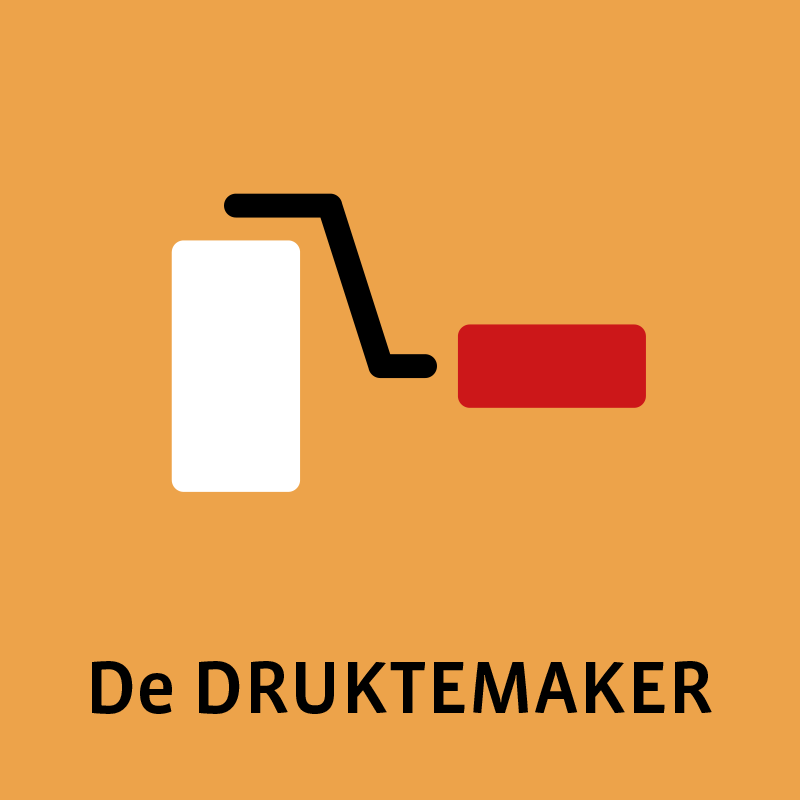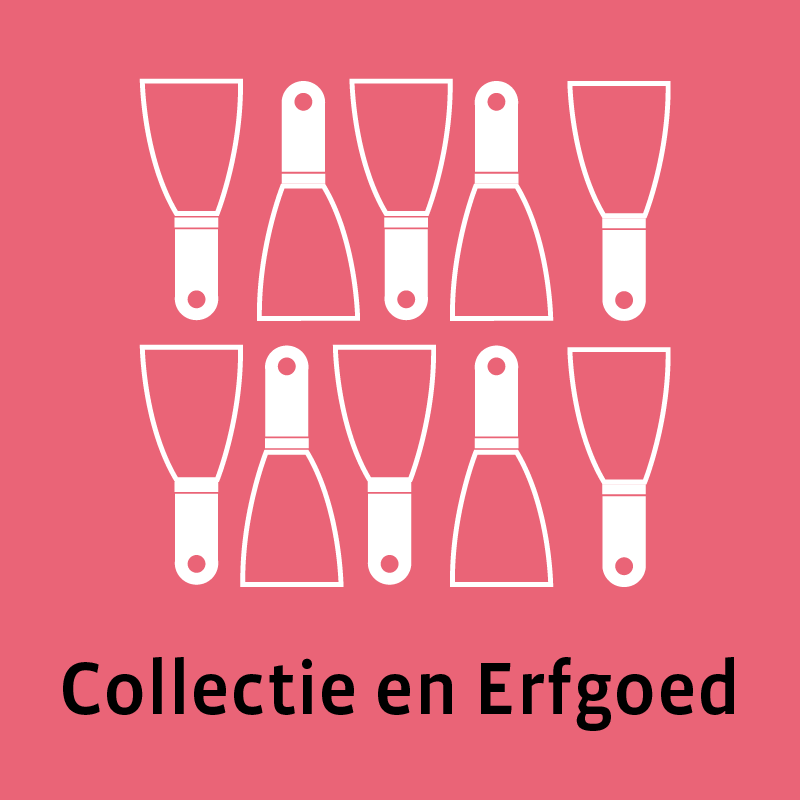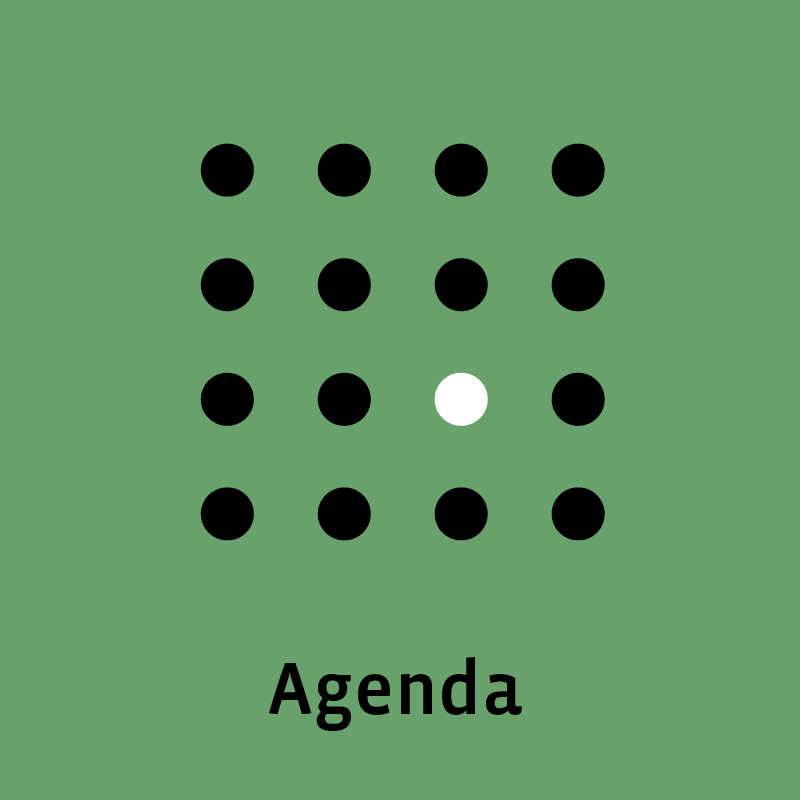
2
“Ladies and gentlemen, this is the most terrifying thing I have ever witnessed...”
Hoe de 1 aprilgrap is ontstaan weten we niet zeker, maar in heel Europa houden we elkaar op deze datum voor de gek. Niet alle grappen werken even goed. Op 31 maart 1947 publiceert het Eindhovensch Dagblad een artikel waarin wordt geschreven dat de lichtstad door een atoomnevel wordt bedreigd. Ondanks een hoofdredactioneel excuus, beëindigen 1500 abonnees hun abonnement...
Ook de uitzending van het hoorspel The War of the Worlds, op 30 oktober 1938, heeft gevolgen. In het hoorspel wordt een radio-uitzending onderbroken voor een liveverslag van een buitenaardse invasie. De realistische vertelvorm én de dreiging van de Tweede Wereldoorlog zorgen ervoor dat mensen denken dat er écht een aanval plaatsvindt. Het voorval komt symbool te staan voor de kracht van massamedia. Recent onderzoek wijst er echter op dat het voorval flink is aangedikt. Dankzij de opkomst van de radio waren de advertentie- inkomsten van kranten flink teruggelopen.
De radio als een onbetrouwbaar medium afschilderen kwam de geschreven pers dus niet slecht uit. En het verhaal was sowieso te mooi om niet uitvoerig te belichten. In sommige verhalen geloven we bijna allemaal. Generaties kinderen groeien op met de gedachte dat Sinterklaas écht bestaat. Pas als ze oud genoeg zijn, horen ze dat ze zijn voorgelogen. Vooral de laatste jaren is het Sinterklaasfeest omstreden. Niet vanwege het leugentje, maar vanwege Zwarte Piet. De ‘knecht’ van de goedheiligman verwijst met zijn uiterlijk, gedrag en status -bedoeld of onbedoeld- expliciet naar een stereotype uit de koloniale geschiedenis.
Grappen, verhalen en feesten versterken onze onderlinge band. Ze zorgen voor gemeenschaps- zin en voor een gevoel van regionale of nationale identiteit. Ook zijn ze uitlaatklep én een spiegel van wat ons op dat moment bezighoudt.
“Ladies and gentlemen, this is the most terrifying thing I have ever witnessed...”
How April Fools’ Day developed is not certain, but in all of Europe and beyond people still mark April 1st with pranks and jokes. Not all jokes land well. On March 31st, 1947 the Eindhovensch Dagblad (Eindhoven Newspaper) published an article that stated the city was threatened by an atomic nebula. Despite an apology from the chief editor, 1500 subscribers cancelled their subscriptions.
The broadcast of the radio play The War of the Worlds, on October 30th, 1938, also had consequences. In this radio play, a seemingly normal broadcast is interrupted for live reporting of an alien invasion. The realistic storytelling coupled with the threat of the Second World War led listeners to believe that a real attack was taking place. This incident has come to symbolise the power of mass media. However, recent research indicates that the impact of this event was exaggerated. Since the advent of the radio, advertising income of newspapers had fallen sharply. Therefore portraying the radio as an unreliable medium did not suit the written press badly, and in any case, the story was too good not to report at length.
Some stories we all believe in. Here in the Netherlands, generations of children grow up believing that Sinterklaas (a Dutch equivalent of Santa) really does bring them gifts every December. Only when they are old enough, do they learn they have been lied to. In recent years, Sinterklaas has become controversial, not due to this lie but because of his helper Zwarte Piet (Black Peter). With his blackface appearance, behaviour and status as a ‘servant’ he explicitly evokes – intentionally or unintentionally – stereotypes from Dutch colonial history.
Jokes, stories, and celebrations strengthen our bonds with each other. The create a sense of community and for regional or national identity. They also act as both an outlet and a mirror of what occupies our minds at the time.








